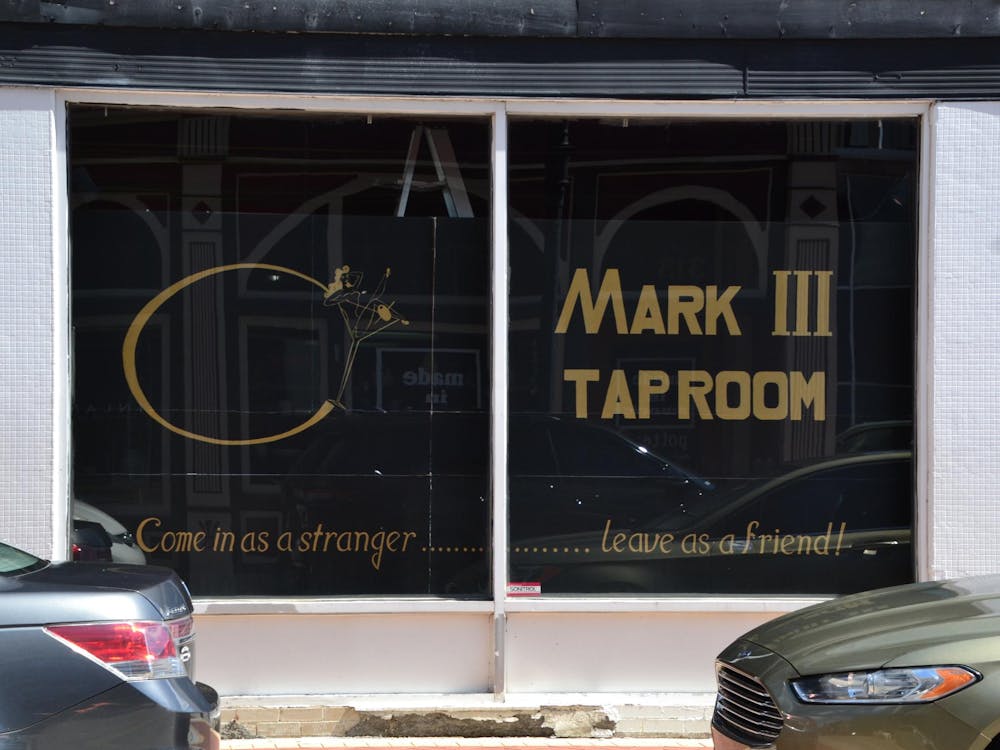Editor's note: In honor of the university's centennial year, The Daily News is counting down 100 days to the university's celebration Sept. 6 with 100 of Ball State's most famous traditions and figures. Check back each day to read about Cardinal history.
Ball State Greek Life is made up of 31 chapters of students from all ages, backgrounds and majors.
By upholding a set of guidelines and tradition, Greek Life is “a community that fosters academic growth, philanthropic dedication, leadership skills, ethical behavior and lifelong relationships,” according to Ball State’s website.
In the spring of 2018, there were over 2,100 students involved in fraternities or sororities, making up 15 percent of Ball State’s student population.
For 21 consecutive years, students involved in Greek Life have maintained a higher GPA than the All-Ball State average, and in 2017 they raised over $300,000 as part of their philanthropic events.
Greek Life has been on campus since Ball State was called the Indiana Normal School. In 1907, however, President Francis Ingler disbanded all fraternities because Phi Sigma Theta had a cow roaming throughout its fraternity house, according to Ball State’s website.
In order to reestablish a fraternity-like organization on campus, the Navajo Social Club was established without specifically using the title “fraternity” in 1920. It wasn’t until 1934 that the group applied to become an incorporated fraternity and became a chapter of Lambda Chi Alpha Jan. 28,1951.
The Girls Club, which invited all girls to participate, was started in 1919 and acted as the governing body for sororities during the 20s and 30s. Ball State recognizes 1919 as the founding year of the Greek community at Ball State.
It wasn’t until the next year the Alpha sorority, Ball State’s first official sorority, was established and later became a chapter of Alpha Chi Omega. On Dec. 12, 1963, Sigma Alpha Sigma became a chapter of Alpha Sigma Alpha, making it Ball State’s first women’s organization to be affiliated with a national organization.
In 1946, the first African-American sorority, Sigma Gamma Rho Sorority, Inc., was established and in 1953 the first African-American fraternity, Kappa Alpha Psi Fraternity, Inc., was established.
The organizations have developed throughout history and had different incidents of disbanding, pausing or becoming inactive and then resuming or reestablishing themselves. A few of those instances include inactivity during World War II due to low enrollment and in 2017 when the 13 Interfraternity Council fraternities were put on a “social pause.” However, the organization’s traditions and standards remain.
READ MORE: Ball State, 13 fraternities agree to 'pause' all social events
Each Greek Life organization participates in philanthropy throughout the year, including events such as War of the Roses and Dance Marathon, and hosts a series of recruitment efforts to continue growth in the community.
Being part of the Greek community at Ball State leads to “a bond that transcends your time at Ball State and will always be with you wherever your career after college may take you,” according to Ball State’s website.
Read more centennial content here.
Contact Brooke Kemp with comments at bmkemp@bsu.edu or on Twitter@brookemkemp.





